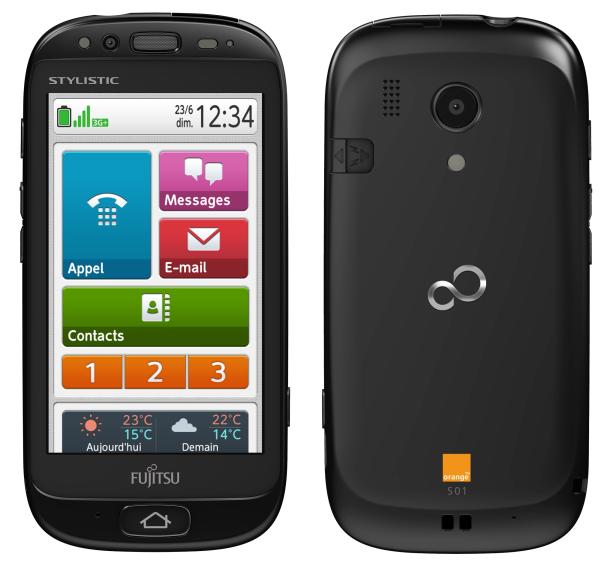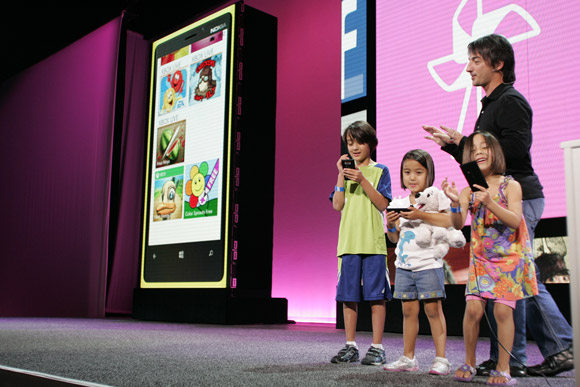This week’s launch of Window 8 Phone is part of Microsoft’s strategy to remain relevant in a world where personal computers and laptops are being left behind by smartphones and tablet computers.
In many ways, the tablet and mobile market is an opportunity lost by Microsoft – for a decade the market had been desperate for decent tablet computers and smartphones. The Windows tablet and PDA product in the early 2000s ran on was expensive, heavy and clunky hardware that discouraged even the most determined user.
The failure of Microsoft and their partners cost the company dearly when the iPhone and then the iPad stole the market from them. Today Apple’s iPad owns the tablet computer market while the iPhone on its own makes more money than all of Microsoft’s products put together.
Microsoft’s response to this threat to their core business has been slow and wasn’t helped by the company Windows Vista disaster, a mis-step that broke the PC upgrade cycle.
Fortunately Windows 7 put Microsoft’s core business back on an even keel as they contemplated their customers’ move away from the personal computer.
The strategy now for Microsoft with Windows 8 is the “run anywhere” philosophy where a document created on your tablet computer can be accessed just as easily on your PC or on a smartphone. This relies on a cloud computing service and the same operating system running on all devices – interestingly this “hybrid cloud” idea underpins Apple’s iCloud as well.
Being able to run documents across all Windows devices was a key part of Microsoft’s launch today with a demonstration of how Office 2013 files can be accessed.
To get the full features of Windows Phone though you’ll have to be running Windows 8 AND Microsoft 2013 on your tablet and personal computer.
Vendor lock-in isn’t surprising as this strategy lies at the heart of Microsoft’s business model – the problem is the market is moving away from the Windows platform and many of the devices, and people, Windows Phone users will be communicating with are using Android or Apple systems so many of the gee-whiz functions are lost.
One of the functions displayed is Rooms, which allows like minded people to share various features. As the Microsoft media release says;
Sometimes you want to share and chat with one group, not your entire social network. Rooms allow you to create private groups of people who have Windows Phone 8 — like your family members best friends or fantasy football league — and easily connect with just them. Chat, share calendars, shopping lists or photos in an ongoing conversation where only those invited can join in. You can share some aspects of Rooms with friends and family on other smartphones as well.
The problem is that when your family members, best friends or fantasy football league competitors aren’t using Windows 8, the Rooms function becomes little more than a glorified shared calendar – Dropbox and Google Docs provide more features.
For the family user Windows Phone 8 does have unique feature in allowing a children friendly profile called Kids Corner, where parents can quarantine the little ones from the main address books and features while allowing only certain apps to run. Unfortunately there’s only one Kids Corner so the little darlings will have to fight it out over the Angry Birds account.
That Angry Birds app is the harbinger of where Microsoft’s multiple screen strategy will either succeed or die in the ditch as it will be the available applications which will determine whether customers will buy the device over the iPhone or Android competitors.
Looking at the Samsung, HTC and Nokia phones that will be released running Windows Phone next month, all seem to be decent pieces of hardware although the Nokia 920 seems to be a hefty unit compared to the competition. Overall though all three phones seem to be decent competitors with their own strengths compared to the Android and Apple opposition.
The success of Windows Phone will define Microsoft’s place in the post-PC world, now its up to the company and its partners to sell them.
Similar posts:




